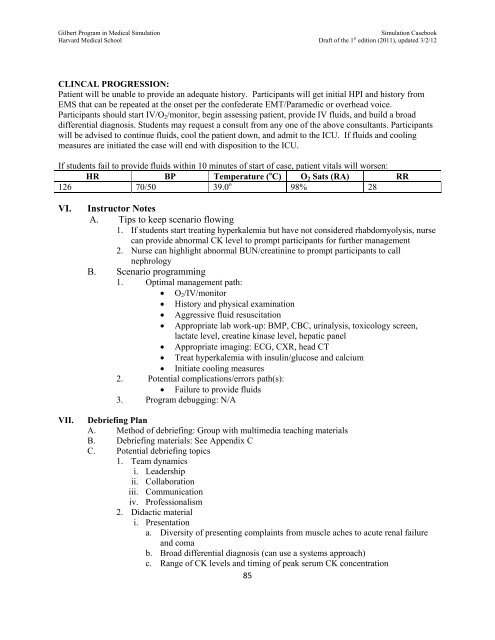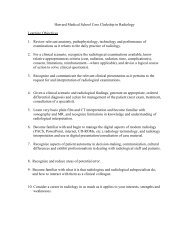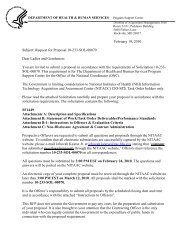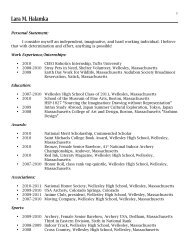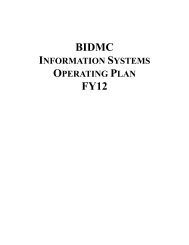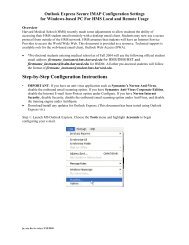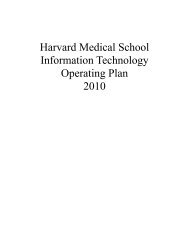SIMULATION CASEBOOK - MyCourses
SIMULATION CASEBOOK - MyCourses
SIMULATION CASEBOOK - MyCourses
You also want an ePaper? Increase the reach of your titles
YUMPU automatically turns print PDFs into web optimized ePapers that Google loves.
Gilbert Program in Medical Simulation<br />
Simulation Casebook<br />
Harvard Medical School Draft of the 1 st edition (2011), updated 3/2/12<br />
CLINCAL PROGRESSION:<br />
Patient will be unable to provide an adequate history. Participants will get initial HPI and history from<br />
EMS that can be repeated at the onset per the confederate EMT/Paramedic or overhead voice.<br />
Participants should start IV/O 2 /monitor, begin assessing patient, provide IV fluids, and build a broad<br />
differential diagnosis. Students may request a consult from any one of the above consultants. Participants<br />
will be advised to continue fluids, cool the patient down, and admit to the ICU. If fluids and cooling<br />
measures are initiated the case will end with disposition to the ICU.<br />
If students fail to provide fluids within 10 minutes of start of case, patient vitals will worsen:<br />
HR BP Temperature ( o C) O 2 Sats (RA) RR<br />
126 70/50 39.0 o 98% 28<br />
VI.<br />
VII.<br />
Instructor Notes<br />
A. Tips to keep scenario flowing<br />
1. If students start treating hyperkalemia but have not considered rhabdomyolysis, nurse<br />
can provide abnormal CK level to prompt participants for further management<br />
2. Nurse can highlight abnormal BUN/creatinine to prompt participants to call<br />
nephrology<br />
B. Scenario programming<br />
1. Optimal management path:<br />
O 2 /IV/monitor<br />
History and physical examination<br />
Aggressive fluid resuscitation<br />
Appropriate lab work-up: BMP, CBC, urinalysis, toxicology screen,<br />
lactate level, creatine kinase level, hepatic panel<br />
Appropriate imaging: ECG, CXR, head CT<br />
Treat hyperkalemia with insulin/glucose and calcium<br />
Initiate cooling measures<br />
2. Potential complications/errors path(s):<br />
Failure to provide fluids<br />
3. Program debugging: N/A<br />
Debriefing Plan<br />
A. Method of debriefing: Group with multimedia teaching materials<br />
B. Debriefing materials: See Appendix C<br />
C. Potential debriefing topics<br />
1. Team dynamics<br />
i. Leadership<br />
ii. Collaboration<br />
iii. Communication<br />
iv. Professionalism<br />
2. Didactic material<br />
i. Presentation<br />
a. Diversity of presenting complaints from muscle aches to acute renal failure<br />
and coma<br />
b. Broad differential diagnosis (can use a systems approach)<br />
c. Range of CK levels and timing of peak serum CK concentration<br />
85


